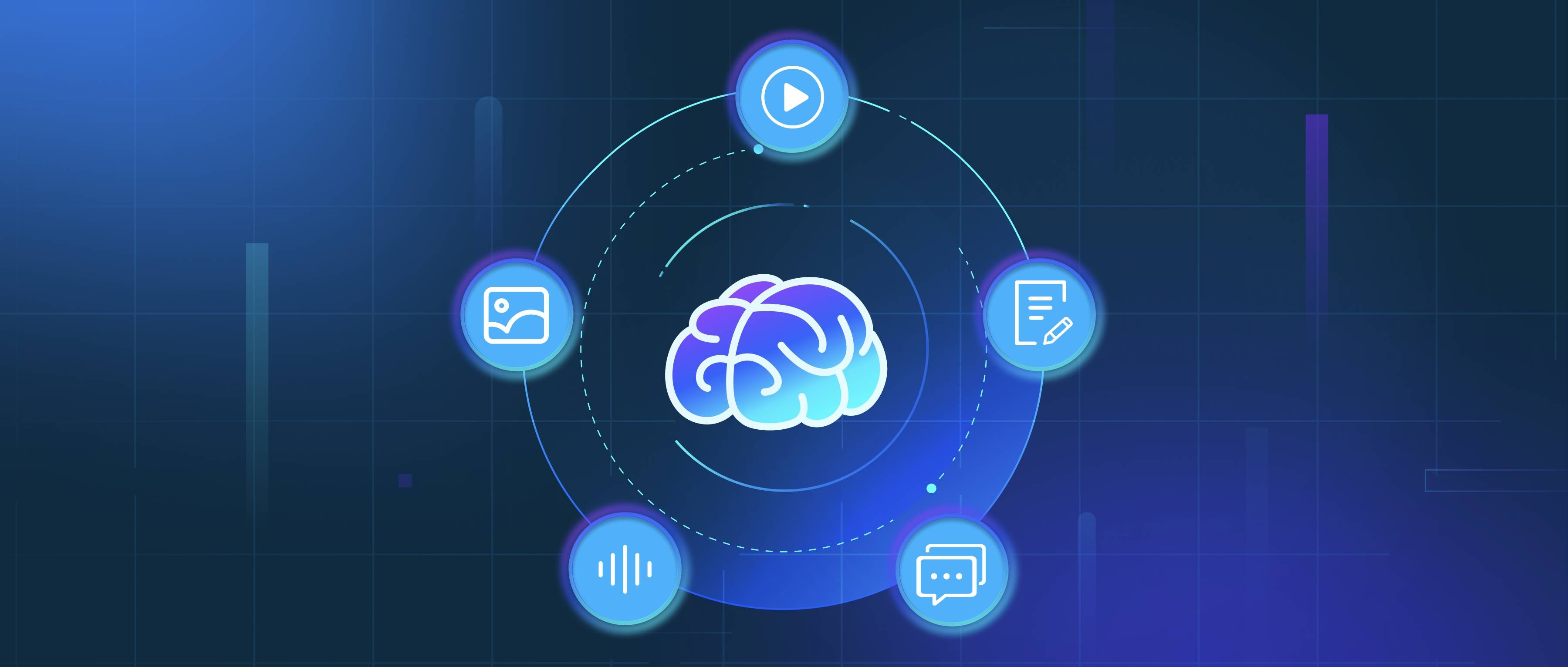Augmented datasets can significantly enhance the effectiveness of transfer learning by improving the quality and diversity of the training data available for a model. In transfer learning, a model pre-trained on a large dataset is fine-tuned on a smaller, more specific dataset for a target task. By augmenting the smaller dataset with techniques such as rotation, scaling, and flipping images in image classification tasks, developers can create a more comprehensive dataset that better represents the variability of real-world data. This helps models generalize better when faced with unseen data, as they learn from a wider range of examples.
Furthermore, augmented datasets address the issue of overfitting, which is a common challenge in transfer learning when the target dataset is small. When a model is trained on limited data, it can memorize specific details rather than learning general patterns. By artificially expanding the dataset, developers can provide the model with more varied inputs, making it less likely to fixate on any one example. For instance, in natural language processing, techniques such as synonym replacement or back-translation can be used to generate variations of text data, ensuring that the model does not become too focused on specific phrases or terms.
Finally, the use of augmented datasets can lead to improved performance metrics such as accuracy or F1 scores in the target task. This is particularly beneficial when training deep learning models that require substantial data to perform well. For example, in a sentiment analysis task, augmenting the dataset with variations of text could lead to a model that better understands nuanced expressions of sentiment. Overall, incorporating augmented datasets in transfer learning helps create more robust models that can effectively adapt to and perform well on specific tasks.
